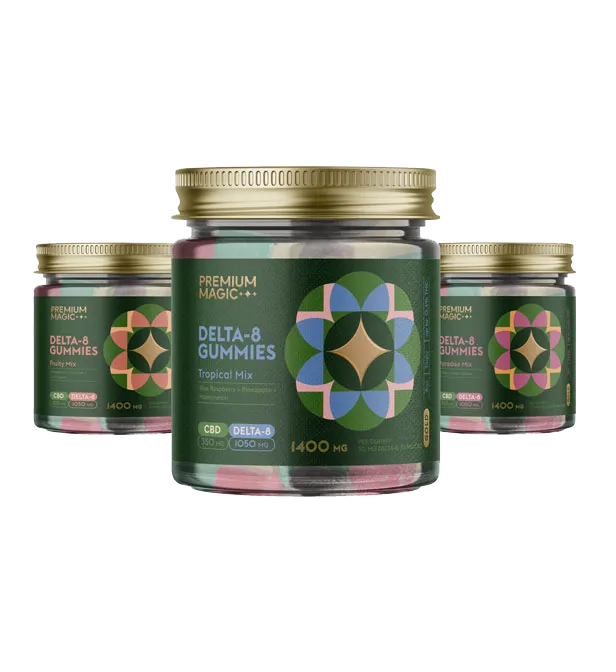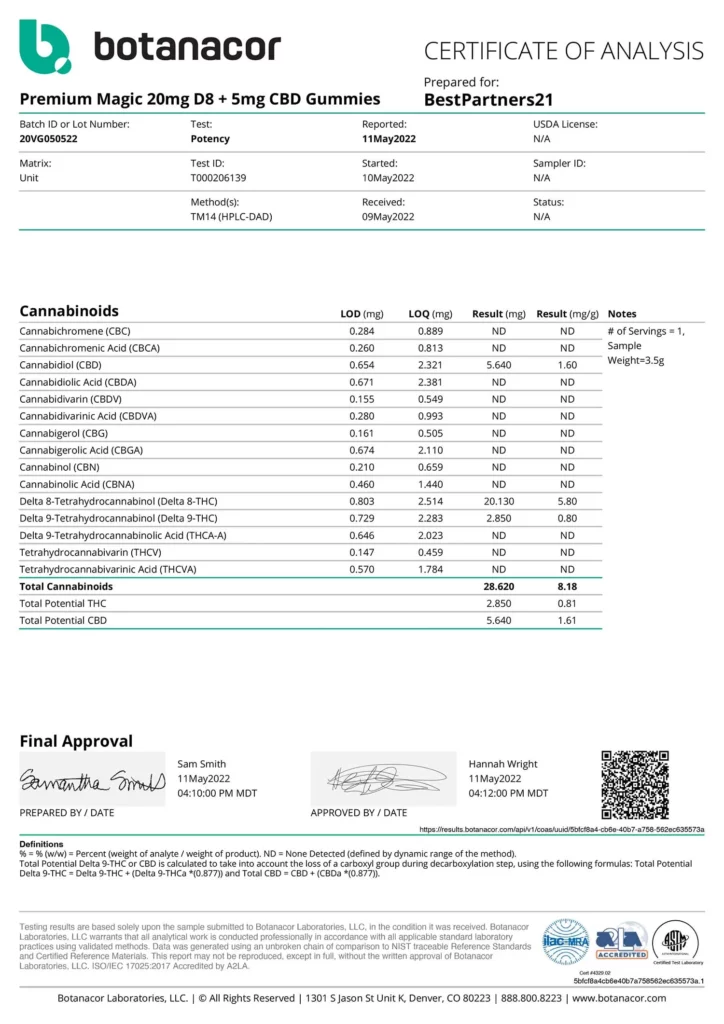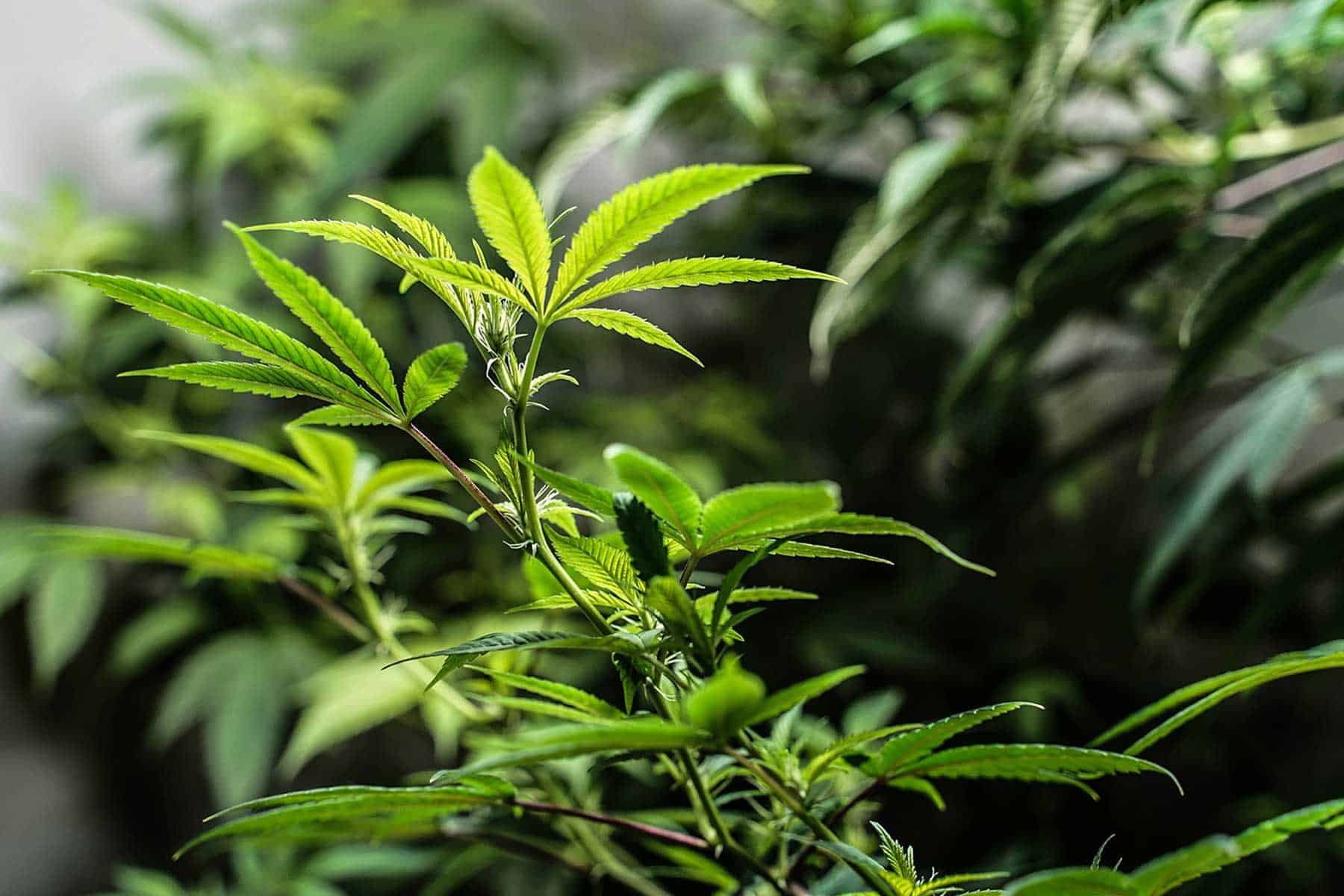
Practical and Easy Tips for Growing Weed Outside

Imagine stepping into your backyard and being greeted by the sight of tall, Growing weed plants, basking under the warm sun and dancing with the breeze. It’s a gardener’s dream come true, and it can be your reality.
Growing weed outside offers many perks: natural sunlight, more space, and the sheer joy of connecting with nature. But there’s a little secret – it’s all about mastering the basics. Get those right, and you’re in for a bountiful harvest.
This guide is here to help you do just that. We’ll walk you through essential tips and tricks that will set your outdoor cannabis journey up for success. Ready to transform your outdoor space into a Growing weed wonderland? Let’s get started!
Choosing the Right Location For Growing Weed
Sunlight plays a huge role in the growing weed plants. Think of it as food for your plants. The more sunlight they get, the healthier they’ll be. It helps your plants produce the energy they need to grow. That’s why picking a spot with plenty of sunlight is vital. Aim for a location where your plants can soak up at least 6-8 hours of direct sunlight every day.
Other Key Factors to Keep in Mind
- Wind: While a gentle breeze can be good for your plants, too much wind can be harmful. It can break stems or dry out the soil quickly. Choose a spot that’s shielded from strong winds. If your area is windy, think about setting up some barriers or windbreaks.
- Neighbors: Not everyone might be as enthusiastic about your gardening choices as you are. It’s wise to consider how close you are to your neighbors. Think about plant heights and possible scents during flowering.
- Privacy: Growing weed requires some discretion. You’ll want a spot that’s not in full view of everyone passing by. This keeps your plants safe and gives you peace of mind. Whether it’s behind a fence, a tall shrub, or another structure, make sure your garden has some level of privacy.
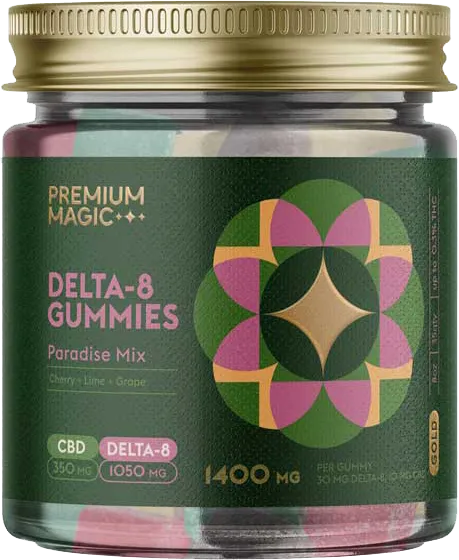
Delta-8 Gummies – Gold Paradise Mix
Original price was: $82.99.$38.99Current price is: $38.99.
Or Subscribe and Save 30%
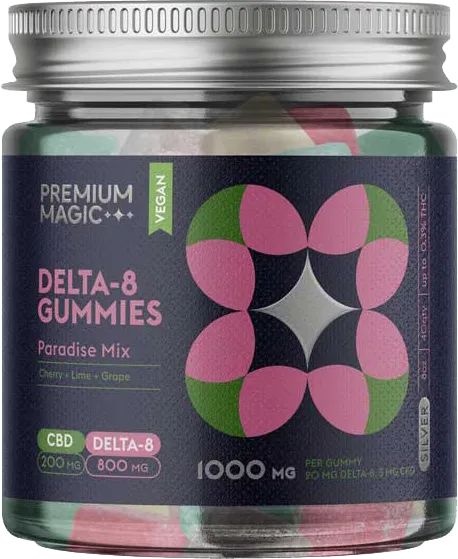
Silver Paradise Mix
Original price was: $68.99.$33.99Current price is: $33.99.
Or Subscribe and Save 30%
Understanding your Soil
Getting the soil right is a big part of growing weed plants healthy outside. Let’s break down the main types of soil you might come across:
- Loam: This is the gold standard for many gardeners. It’s a balanced mix of sand, silt, and clay. Loam holds moisture well but also drains excess water, making it perfect for weed.
- Clay: Clay soils are heavy and can hold a lot of water. This can be good, but too much clay can mean poor drainage, which isn’t great for your plants.
- Sandy: Sandy soils drain very quickly and don’t hold onto nutrients as well. You might find yourself watering more often if your soil is sandy.
The Role of pH in Healthy Growth
pH level is a measure of how acidic or alkaline your soil is. For Growing weed, you want a pH level between 6.0 and 7.0. If the soil is too acidic or too alkaline, your plants might struggle to take in nutrients, even if those nutrients are present.
Testing your soil’s pH is easy. You can get a pH testing kit from most garden stores. If your pH isn’t in the sweet spot, don’t worry. There are simple amendments you can add to your soil to adjust the pH, like lime to raise it or sulfur to lower it.
Understanding your soil is crucial. When you give your plants a good foundation, they’ll thank you with a healthy, robust growth.
Selecting the Right Strain
Choosing the right strain can set the tone for your outdoor gowning weed experience. Here’s a quick breakdown to guide you:
- Indica: These plants are typically shorter and bushier. They tend to have a quicker flowering time. If you’re looking for a body-relaxing effect, indicas are your go-to.
- Sativa: Sativa plants are tall and have thinner leaves. They might take a bit longer to flower but are known for their uplifting and energetic effects.
- Hybrid: As the name suggests, hybrids are a mix of both indica and sativa. They can offer a balanced growth pattern and effect, making them a popular choice for many.
Top Strains for Outdoor Growth
While many Growing weed strains can thrive outdoors, some are just naturals under the open sky. Here are a few that many gardeners swear by:
- Blue Dream: Known for its resilience, Blue Dream can handle various weather conditions and still produce a good yield.
- Durban Poison: A classic sativa that loves the sun. If you have a sunny spot, this strain might be a great fit.
- Northern Lights: An indica that’s not too picky about its environment. It’s known to be resistant to diseases and pests, making it a solid choice for outdoor cultivation.
Your choice of strain can influence your overall yield and the quality of your harvest. Take a moment to research and find the one that aligns with your goals and your garden’s conditions.
Watering and Nutrients
Watering might seem simple, but it’s a key step in growing weed plants healthy outside. Your plants’ water needs can change based on the weather and their growth stage. As a general rule, it’s best to water when the top inch of soil feels dry to the touch. This might mean watering every couple of days during hot spells or less frequently during cooler times. Listen to your plants; they’ll tell you when they’re thirsty.
Spotting Overwatering and Underwatering
Your plants give signals when they’re not getting the right amount of water:
- Overwatering: Leaves might look swollen and droopy. The soil will stay wet for a long time, and you might notice a stale smell from it.
- Underwatering: The plants will look weak and droopy, but unlike overwatering, the soil will be dry, and leaves might even feel crispy.
Picking the Right Nutrients
Growing weed plants need more than just water to thrive. They need a good mix of nutrients. There are many pre-made nutrient mixes available that are designed just for growing weed. When feeding your plants, start with a half dose to avoid over-fertilization. Too many nutrients can harm your plants as much as too few.
Pest and Disease Management
Growing weed outside means your plants are in nature’s playground, and sometimes unwanted guests might pay a visit. Here are some pests you might encounter and ways to handle them:
- Aphids: Tiny bugs that suck out plant juices. If you notice them, try spraying a mix of water and mild soap on your plants.
- Caterpillars: These critters munch on leaves. Hand-pick them off or use natural predators like ladybugs to keep them in check.
- Spider mites: They’re tiny and make webs on plants. Keep them away by regularly spraying your plants with water.
Prevention is often the best cure. Regularly check your plants, especially the underside of leaves. Keeping your garden clean and free from plant debris can also help deter pests.
Spotting and Addressing Diseases
Plants, like all living things, can get sick. Here’s what you should watch out for:
- Mold and mildew: Often appear as white, powdery spots on leaves. Ensure good air circulation and avoid watering your plants from the top.
- Root rot: If your plant’s roots are brown and mushy instead of white and firm, they might be rotting. This often happens with overwatering. Ensure proper drainage and let the soil dry out a bit.
If you see signs of disease, it’s crucial to act fast. Remove affected parts, improve conditions to prevent the disease’s spread, and consider using organic fungicides if needed.
Harvesting Tips
- Timing is Everything: Monitor the trichomes on your buds. When they appear milky white with some hints of amber, it’s a sign they’re ripe and ready.
- Watch the Hairs: Your plant has tiny hairs that start off white and slowly darken. When 60-70% of these hairs are dark and curled, your plants are usually good to go.
- Cut with Care: Use sharp, clean scissors to cut. This ensures a clean harvest and prevents any damage to the remaining plant.
- Dry Properly: After harvesting, hang your buds upside down in a cool, dark room. Ensure there’s good airflow to prevent mold and to retain the plant’s flavor and potency.
- Avoid Rushing: Harvesting too early can decrease the potency and overall quality of your yield. Be patient, and let the plant mature fully.
- Clean the Area: Before and after harvesting, make sure to clean up any growing weed plant debris. This minimizes the chance of pests or diseases in your next growth cycle.
- Handle with Tenderness: When handling the buds, be gentle to preserve trichomes. Rough handling can reduce the quality of your final product.
- Cure After Drying: Once dried, store your buds in jars, opening them daily for a week. This curing process enhances flavor and ensures long-lasting freshness.
Wrapping Up
Growing weed outside might seem like a challenge, but each step you’ve learned about is crucial to ensure a successful harvest. Remember, from selecting the perfect strain to understanding when it’s time to harvest, every detail matters.
For all the first-timers out there, don’t be daunted. Embrace the journey, experiment a bit, and learn as you go. With patience and practice, you’ll soon master the art of outdoor weed cultivation. Happy growing Weed!
